Community Development Project: Enhancing Indigenous Youth Literacy
VerifiedAdded on 2023/06/03
|10
|531
|376
Project
AI Summary
This community development project addresses literacy challenges among indigenous youth. The project involved conducting surveys to assess literacy levels, engaging with the Mutitjulu community, and designing a program to alleviate illiteracy. Key activities included creating awareness about the importance of education, sourcing and distributing learning materials, implementing a biannual assessment plan to track learner transition rates, and informing students about scholarship opportunities. The project faced barriers such as language barriers and a lack of goodwill from some interviewees. The capacity building model was applied through textbook donations and scholarship information dissemination. Expected outcomes include increased school enrollment, improved transition rates, and greater scholarship uptake, with the ultimate goal of fostering greater educational support and success within the community. Desklib provides access to this project and other solved assignments for students.
1 out of 10
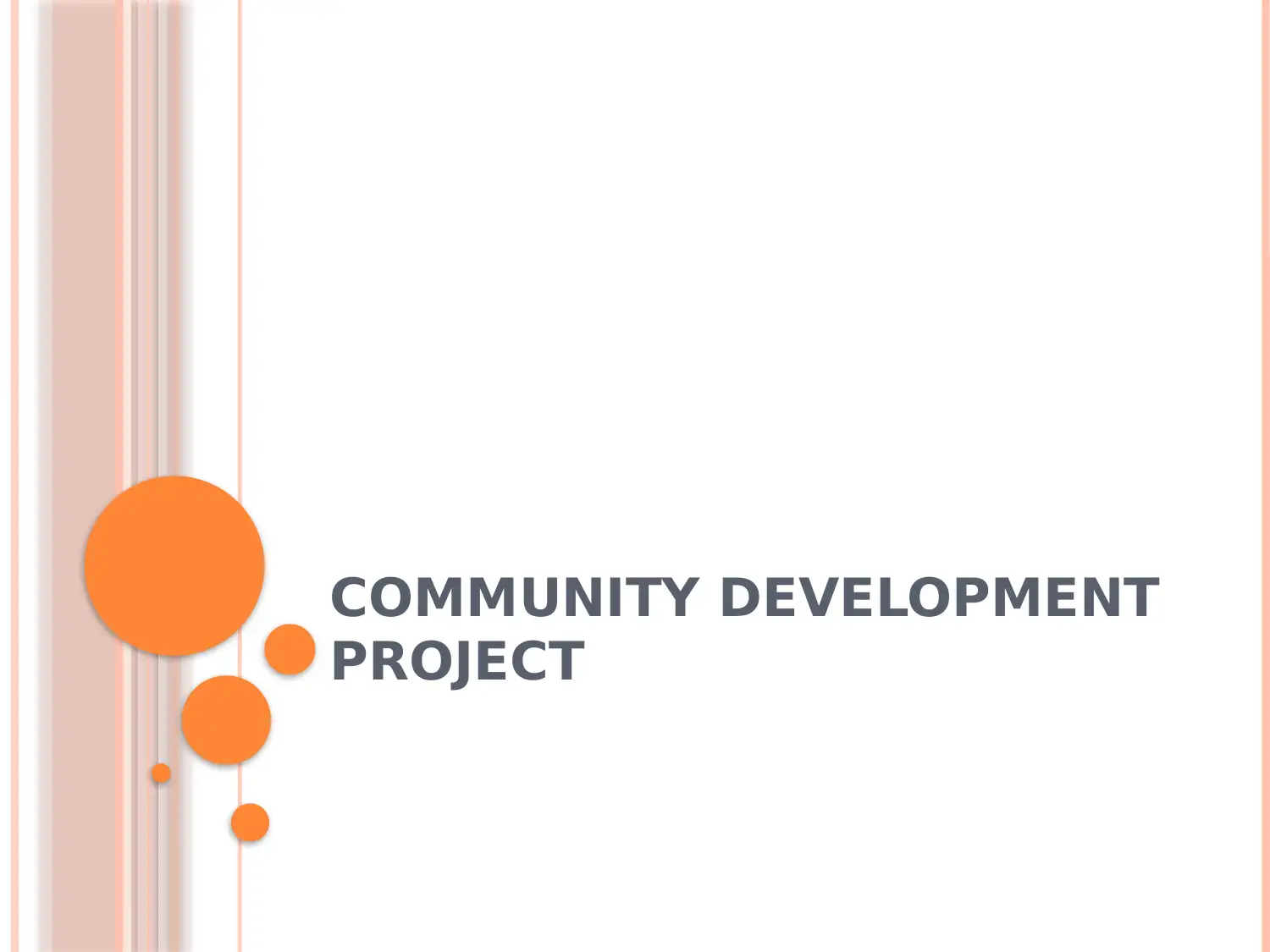

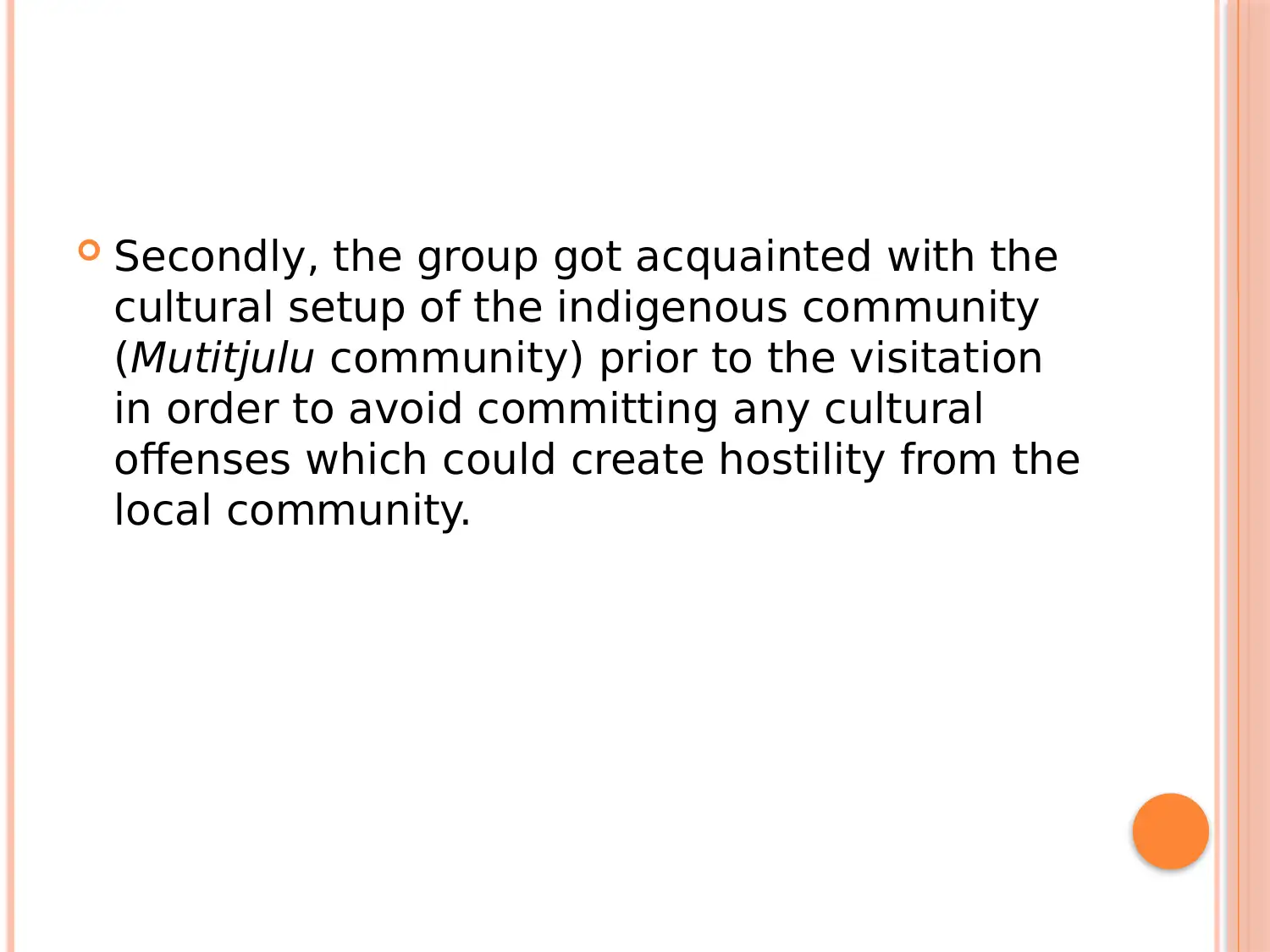

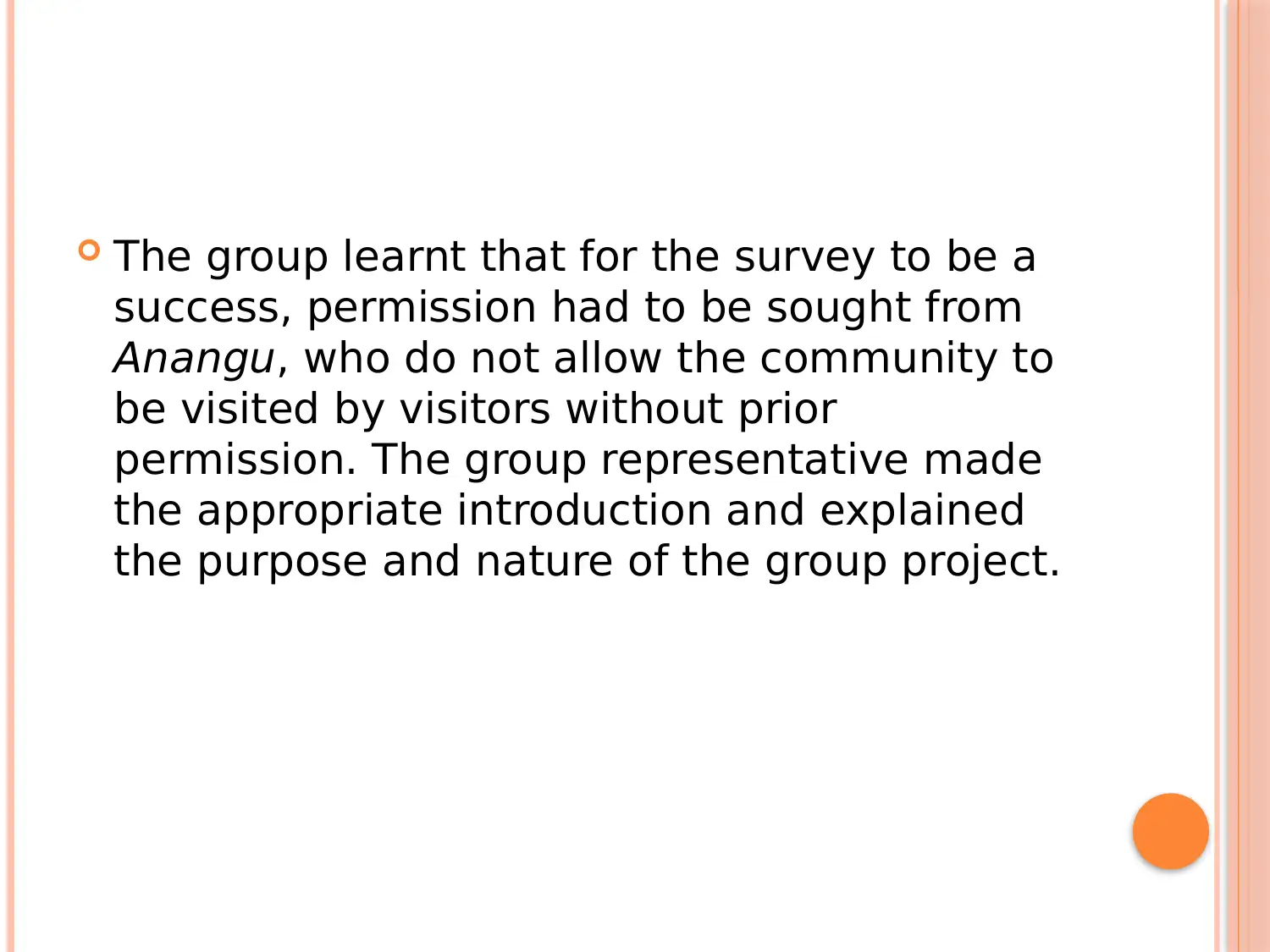
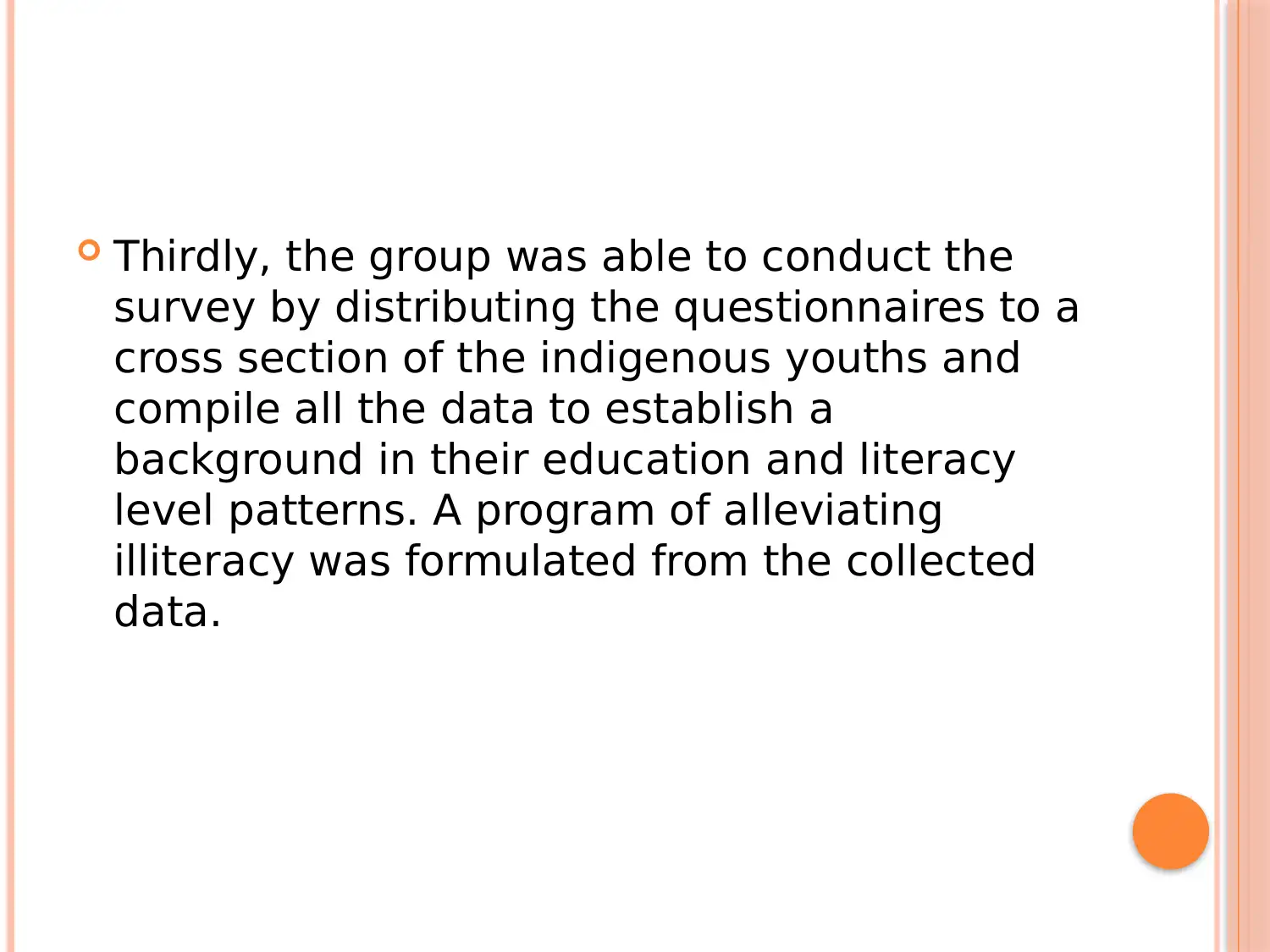
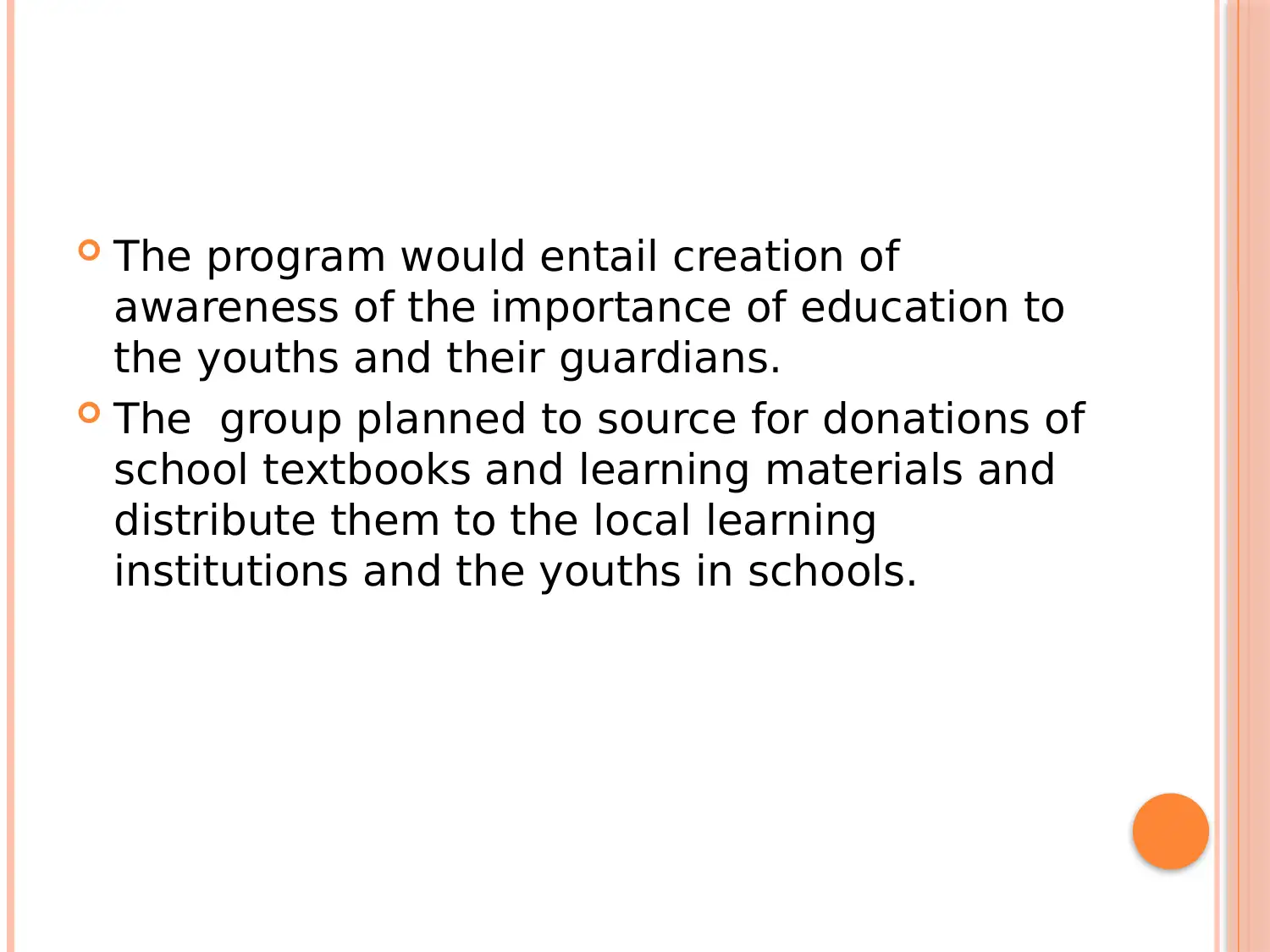
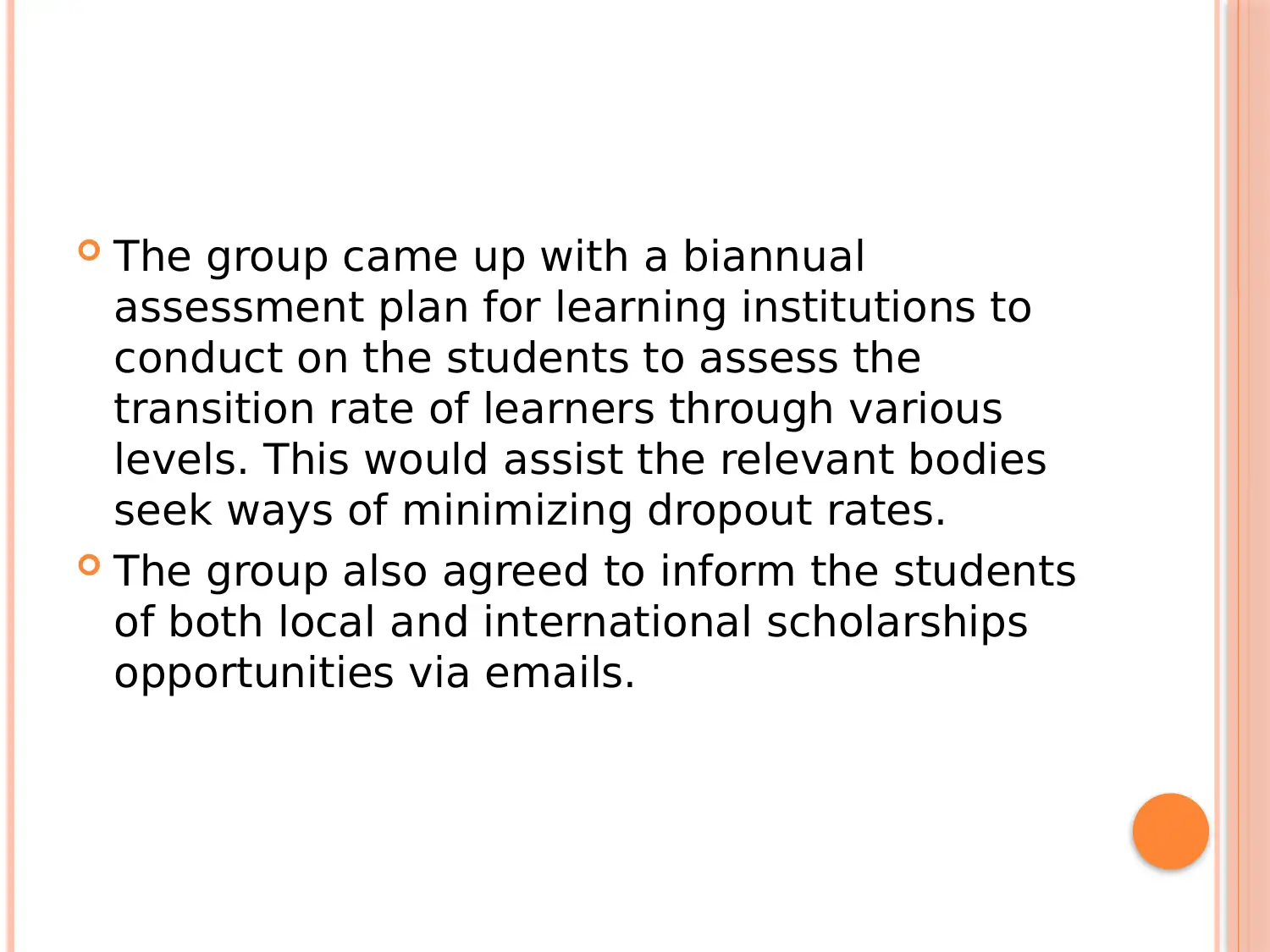
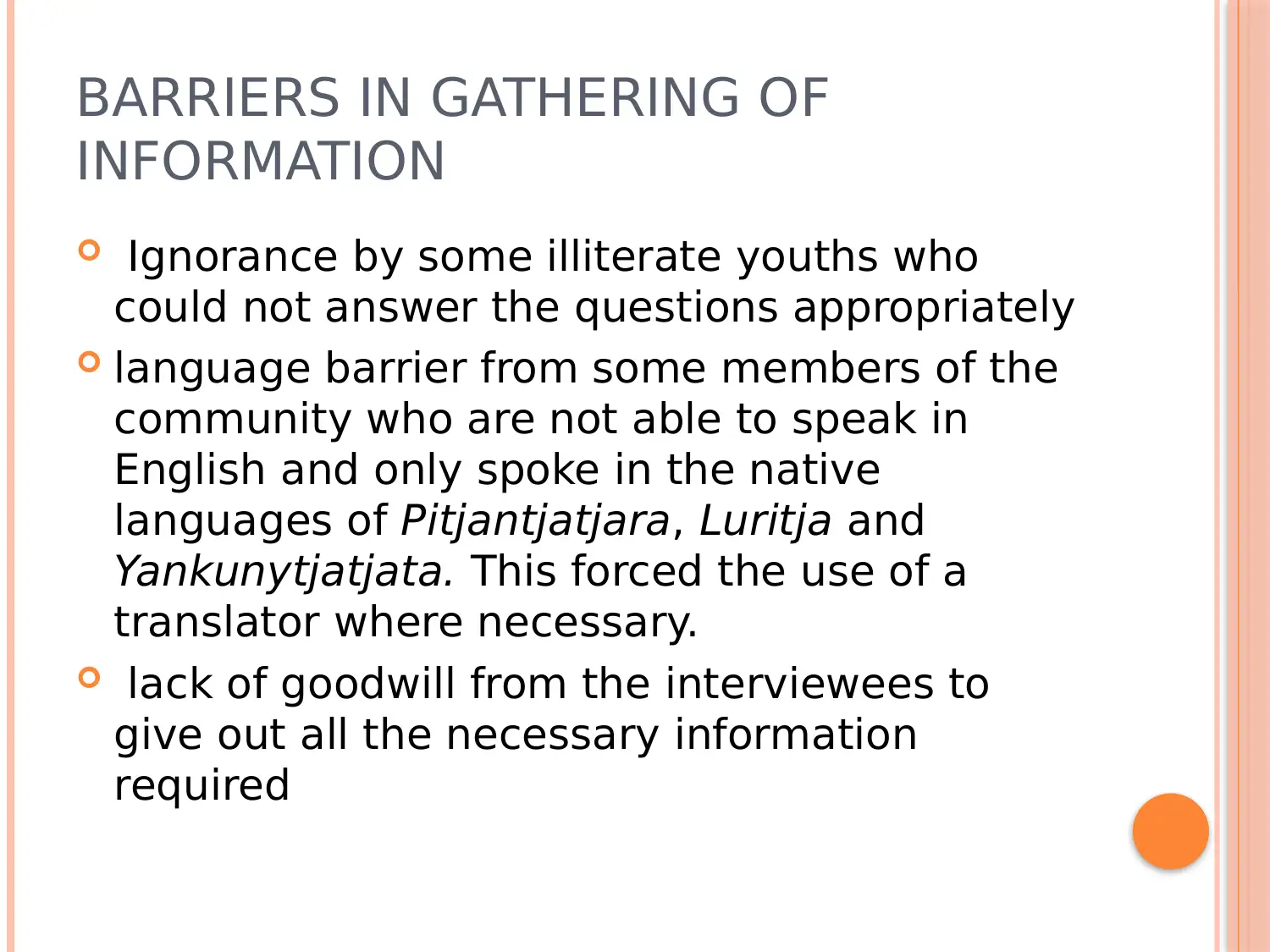
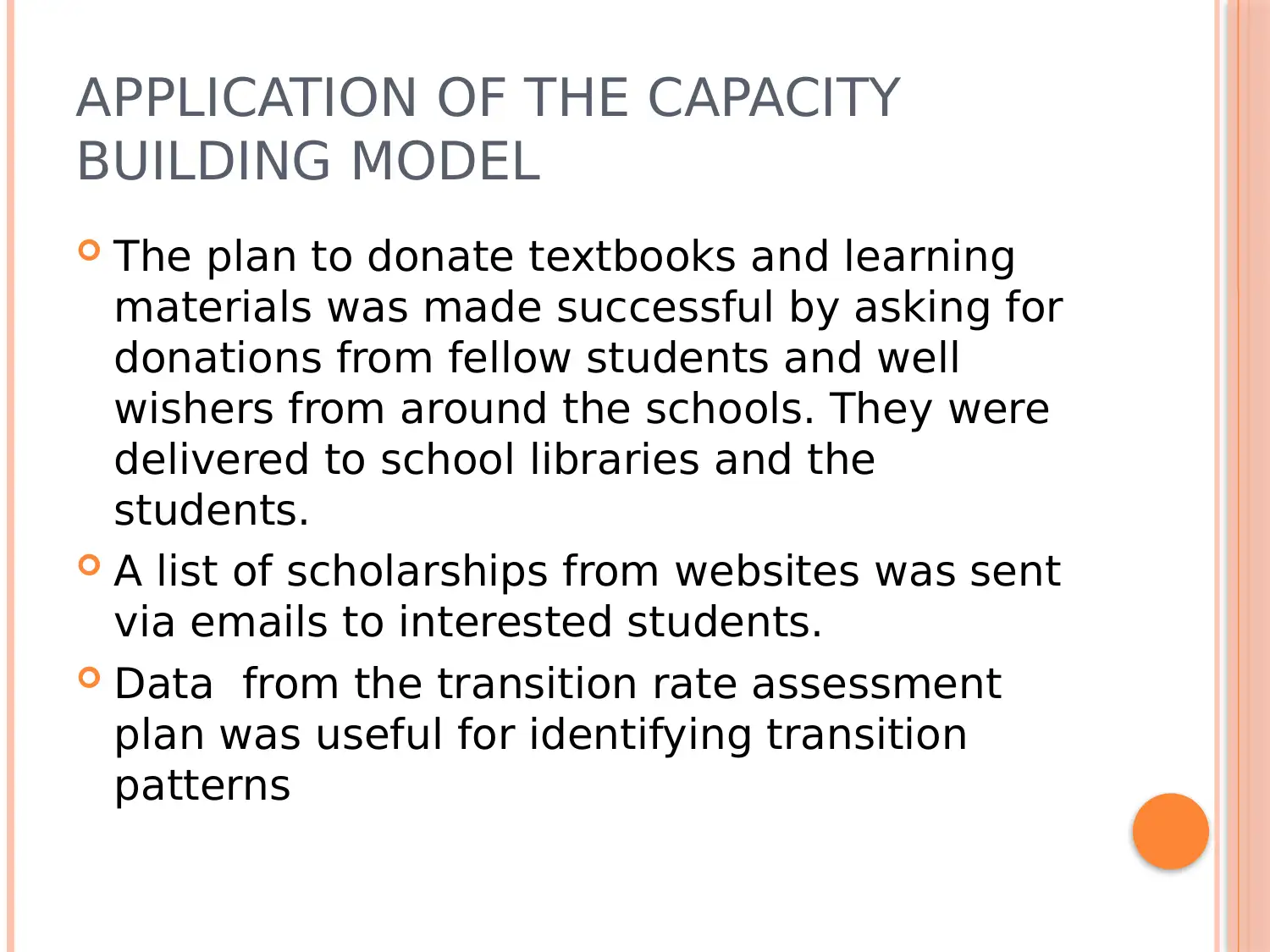
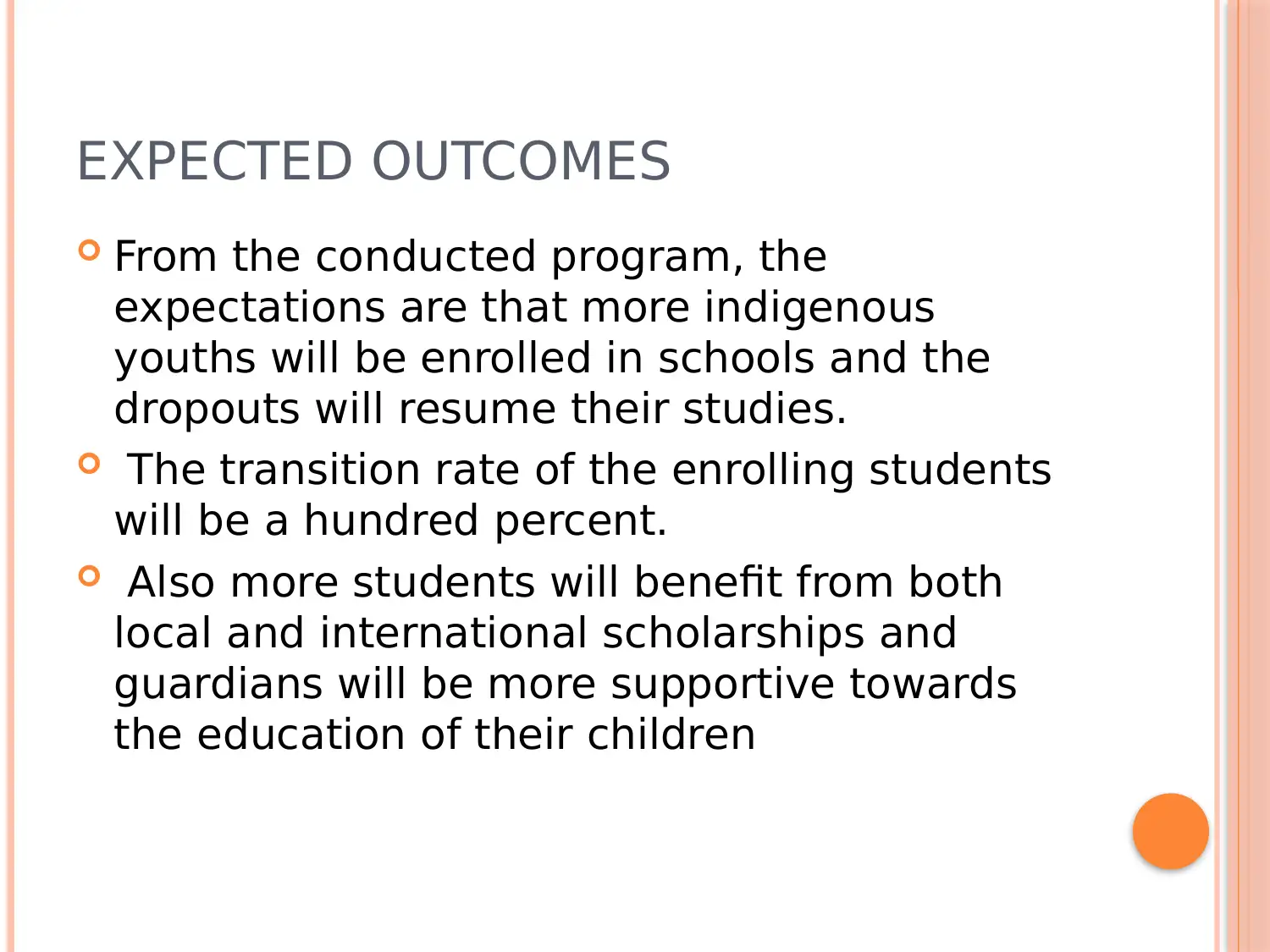






![[object Object]](/_next/static/media/star-bottom.7253800d.svg)